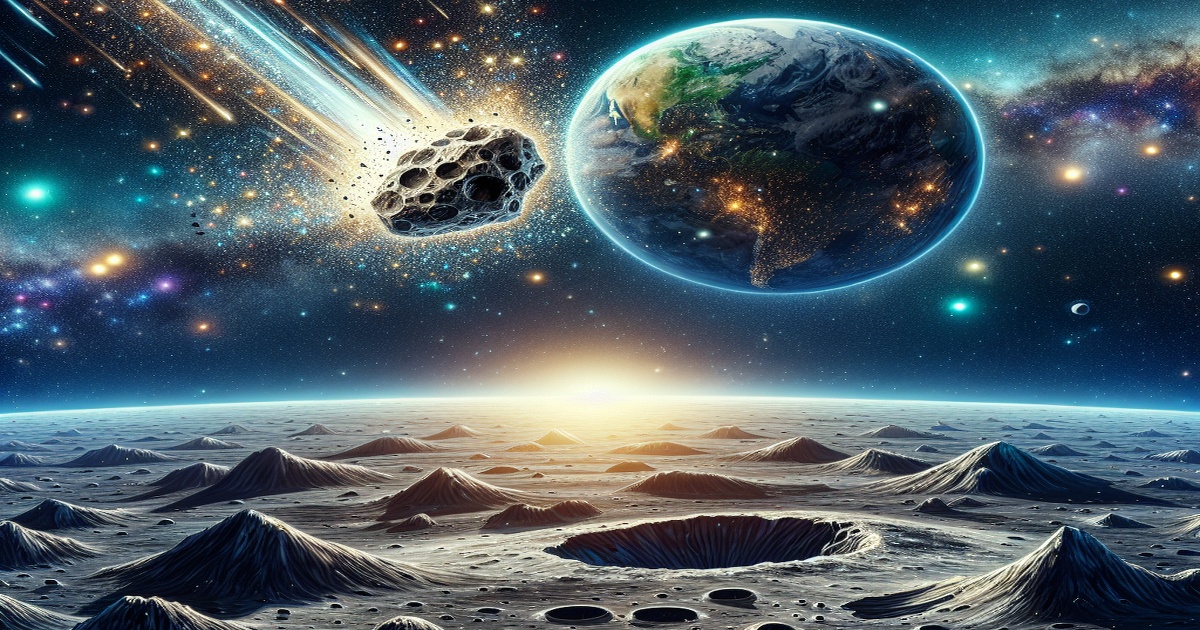A Near Miss with a "Weird Quasi Moon"
The Earth narrowly avoided a collision with an asteroid that left a massive crater on the Moon, creating a "weird quasi moon" discovered in 2016. This asteroid, known as 2016 HJ03 or Kamo'oalewa, is unlike other near-Earth asteroids, which typically originate from the main asteroid belt between Mars and Jupiter.
Scientists believe Kamo'oalewa originated from the Giordano Bruno crater on the Moon, formed by an even larger asteroid impact. This discovery marks the first time an asteroid has been traced back to its precise origin.
Earth's "Quasi Moon"
Kamo'oalewa, measuring between 150 and 190 feet in diameter, has been orbiting the Sun similarly to Earth for millions of years. It is believed to have been ejected from the Moon by an asteroid impact between 1 million and 10 million years ago.
This "quasi moon" is the first potentially hazardous near-Earth asteroid linked to a specific lunar crater. Researchers used impact and dynamical modeling to unravel this mystery, suggesting that an impactor at least 1 kilometer in diameter was needed to launch a fragment as large as Kamo'oalewa from the Moon's gravitational pull.
The Source of Kamo'oalewa
Among the thousands of craters on the Moon, only the 14-mile-wide Giordano Bruno crater, estimated to be 4 million years old, fits the bill in terms of size and age, making it the most likely source of Kamo'oalewa.
This discovery has surprised many scientists, who previously believed that rocks ejected from the Moon would be too fragmented to survive. However, Kamo'oalewa provides a missing link between rocks collected by astronauts on the Moon's surface and hundreds of small lunar meteorites found on Earth.
Implications for Panspermia and the Origin of Life
The model not only explains the origin of Kamo'oalewa but also provides insights into how massive rocks can be ejected from planets and survive intact. This has implications for understanding the origin of life in the universe, particularly the theory of panspermia.
Panspermia suggests that life or its ingredients could be transported between planetary bodies through "organic hitchhikers." While Kamo'oalewa originates from a lifeless planet, it demonstrates how rocks ejected from Mars could potentially carry life.







5 Comments
AlanDV
It's fascinating to think about how these rocks could be ejected from one planet and end up on another.
Vladimir
This discovery sheds new light on the complex interactions between celestial bodies in our solar system.
Rolihlahla
I refuse to believe in this so-called "quasi moon" until I see concrete evidence.
G P Floyd Jr
This is just another attempt to keep people in a constant state of fear about asteroids hitting Earth.
Habibi
This research pushes the boundaries of our understanding of space and planetary dynamics.